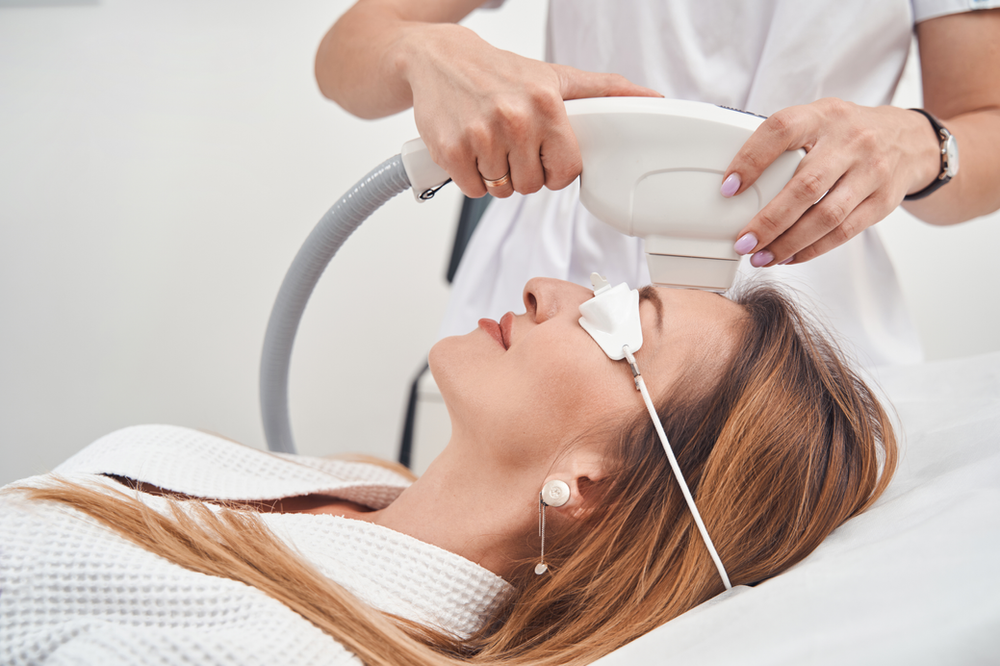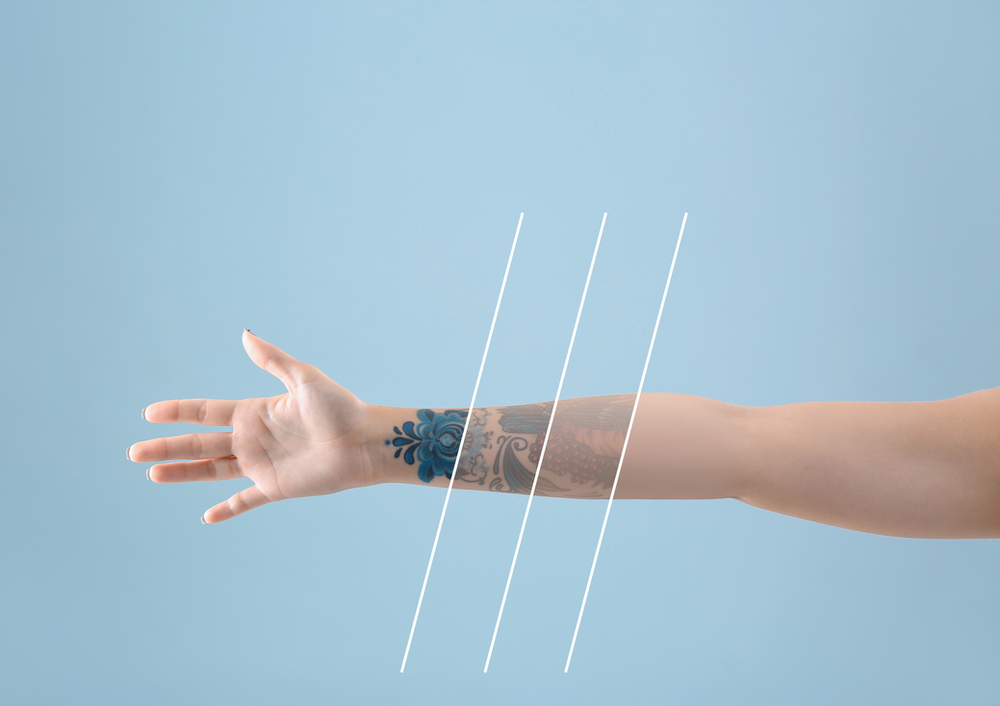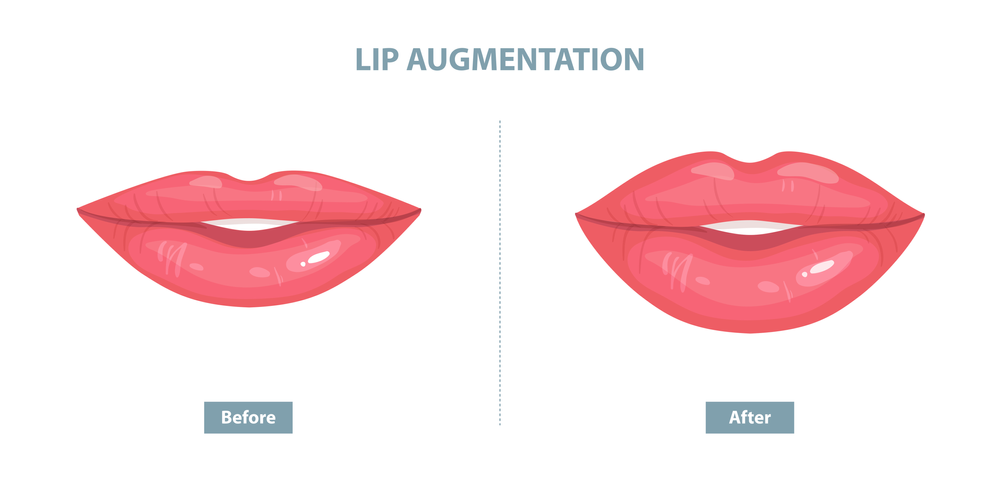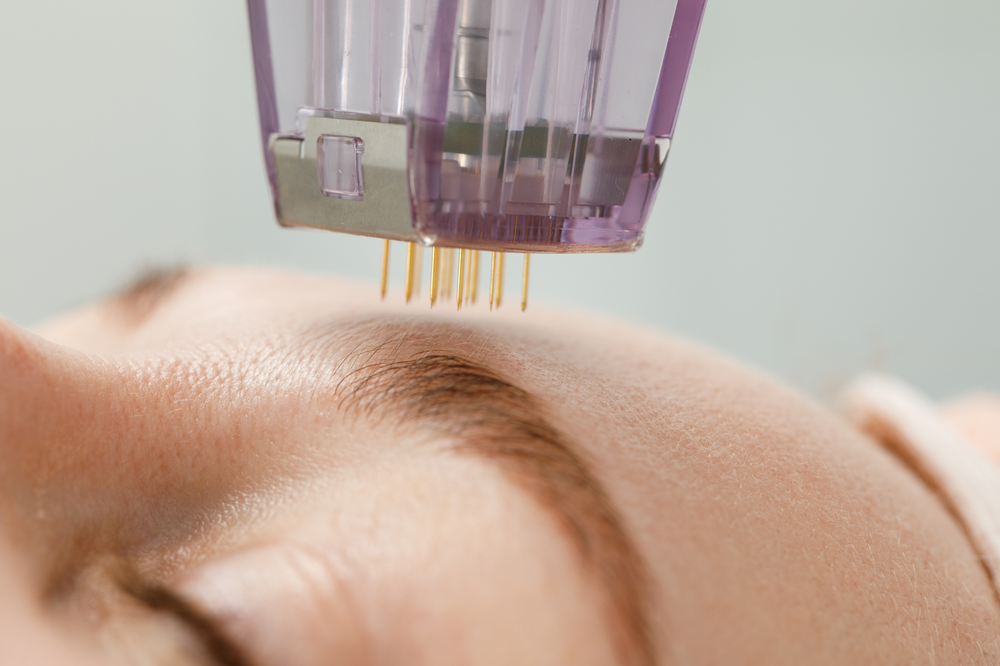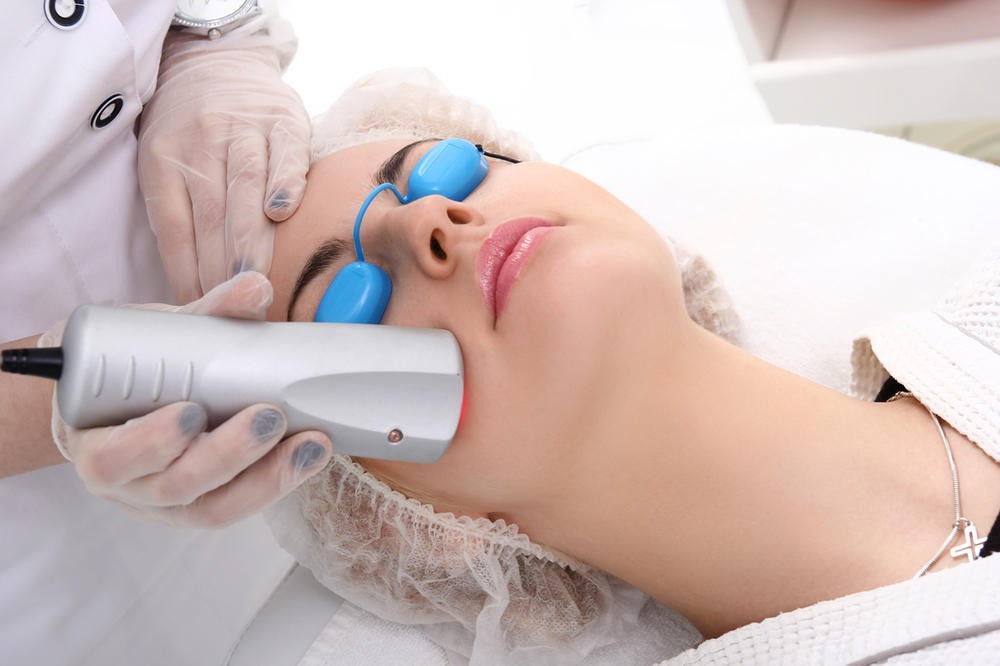Warning: Botox Danger Zone
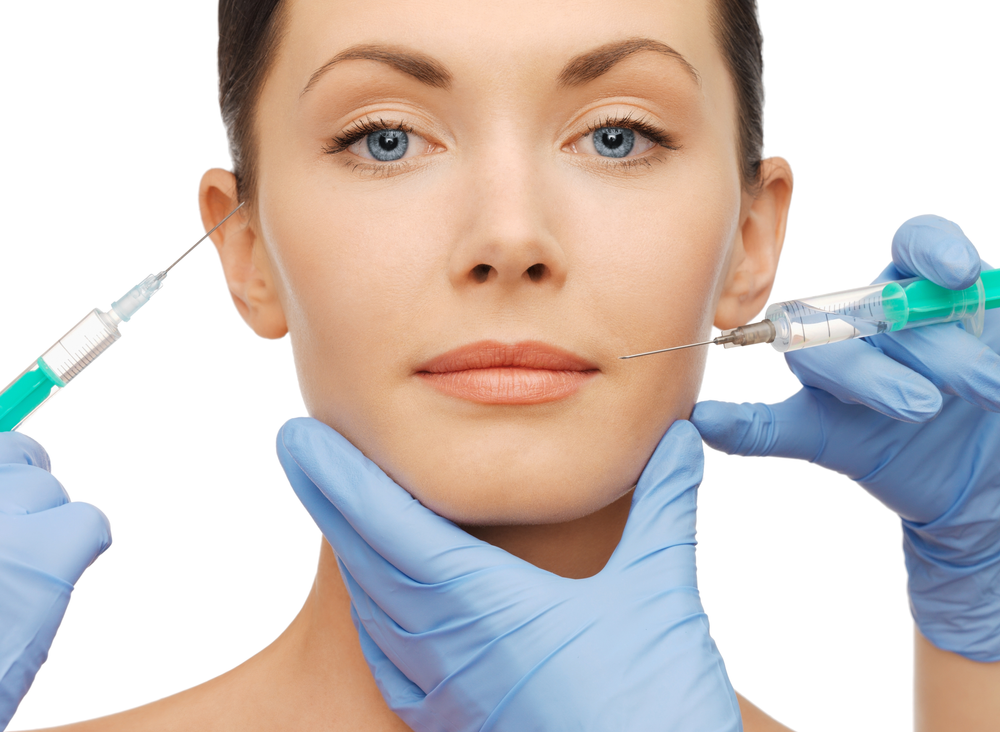
Understanding Botox Danger Zones: Ensuring Safe and Effective Treatments
In recent years, botox injections have become a popular choice for individuals seeking a safe and effective treatmento rejuvenate their appearance and combat the signs of aging. While these treatments offer effective solutions for smoothing wrinkles and fine lines, it's essential to recognize the potential dangers associated with botox injections, particularly when it comes to understanding botox and potential danger zones.
Botox, or botulinum toxin, is a neurotoxic protein produced by the bacterium Clostridium botulinum. When administered in small doses, it can temporarily paralyze facial muscles, reducing the appearance of wrinkles and preventing the formation of new lines. However, injecting botox requires a deep understanding of facial anatomy and precise techniques to avoid potential complications.
How Do Botox Injections Work?
Understanding how botox injections work is essential for individuals considering these treatments for cosmetic purposes or to address medical conditions such as chronic migraine. Botox, or botulinum toxin injections works by temporarily blocking nerve signals to specific muscles, resulting in a temporary reduction in muscle activity. This process effectively smooths out wrinkles and fine lines by preventing the underlying facial muscles from contracting.

The most common areas treated with botox injections include the nose region, forehead lines, glabella region (between the eyebrows), and around the eyes (crow's feet). These areas are prone to dynamic wrinkles, which are caused by repetitive facial movements such as facial expressions suchas smiling, frowning, and squinting. By injecting botox into specific facial muscles responsible for these movements, it's possible to reduce skin aging, and achieve a smoother, more youthful appearance.
In addition to its cosmetic benefits, botox injections have been approved by the FDA for the treatment of chronic migraine. Botox is believed to block the release of certain chemicals involved in pain transmission, reducing the frequency and severity of migraine headaches.
Why Botox treatment can cause problems in certain danger zones?
One of the primary concerns when it comes to botox injections is the risk of inadvertently targeting the wrong muscle or injection site, leading to unwanted complications. Understanding the facial muscles and anatomy is crucial for ensuring that botox is administered safely and effectively. The orbicularis oculi muscle, frontalis muscle, and glabella region are among the areas commonly treated with botox. However, injecting an injection of botulinum toxin or into nearby muscles or arteries, such as the dorsal nasal artery or facial artery, can result in serious complications, including ocular ischemia and drooping eyelids.
Horizontal lines, often referred to as forehead lines or wrinkles, are a common target for botox treatment but are also associated with specific botox danger zones. These lines typically form due to repetitive facial movements, such as raising the eyebrows or furrowing the brow, leading to the development of creases across the forehead. While botox injections can effectively smooth these lines by temporarily paralyzing the frontalis muscles responsible for their formation, practitioners must exercise caution to avoid over-treatment or injecting botox in the wrong spot, which can result in an unnatural appearance or impairment of natural facial expressions. Understanding the precise location of facial arteries and nerves in the forehead region is essential for minimizing the risk of complications and ensuring safe treatment practices. By employing precise botox injection techniques and tailoring treatment plans to each patient's unique facial anatomy, practitioners can achieve optimal outcomes while preserving facial symmetry and mobility.
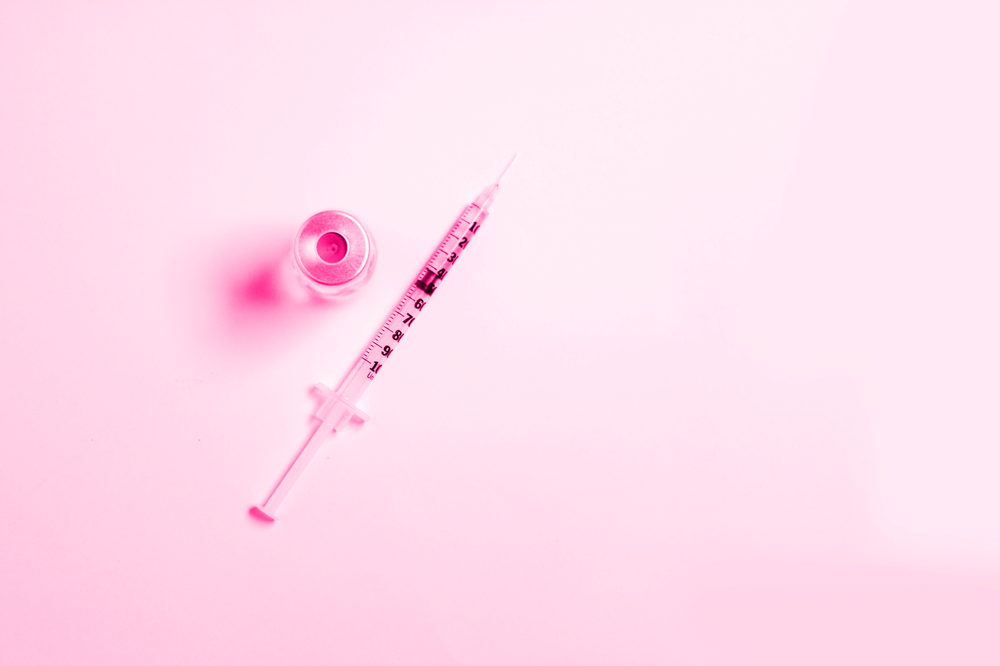
Additionally, injecting botox in the wrong muscle orspot can lead to an unnatural appearance of appearances and affect facial symmetry, resulting in a crooked smile or other undesirable outcomes. of facial expression It's essential for medical professionals administering botox to have a deep comprehension of injection techniques and carefully consider each patient's facial anatomy and medical history before proceeding with treatment.
Furthermore, patients should be aware of potential risks and complications associated with botox injections, including allergic reactions, excessive sweating, and skin texture changes. While the botox procedure is generally considered a safe and effective treatment, when administered by a skilled professional, it's crucial to prioritize patient safety and ensure that treatments are conducted in a controlled environment with proper medical supervision.
In addition to botox, dermal fillers containing hyaluronic acid are often used in cosmetic procedures to restore volume and smooth out wrinkles. However, similar to botox injections, dermal filler treatments require careful consideration of injection technique and potential danger zones to minimize the risk of complications.
How to Avoid Botox Injection Danger Zones: Tips for a Successful Treatment of Facial Muscles
When considering botox treatments, understanding how to avoid botox danger zones is crucial for ensuring a successful and safe outcome. Here are some essential tips to help minimize your botox danger zone zones and the risk of complications and achieve optimal results:
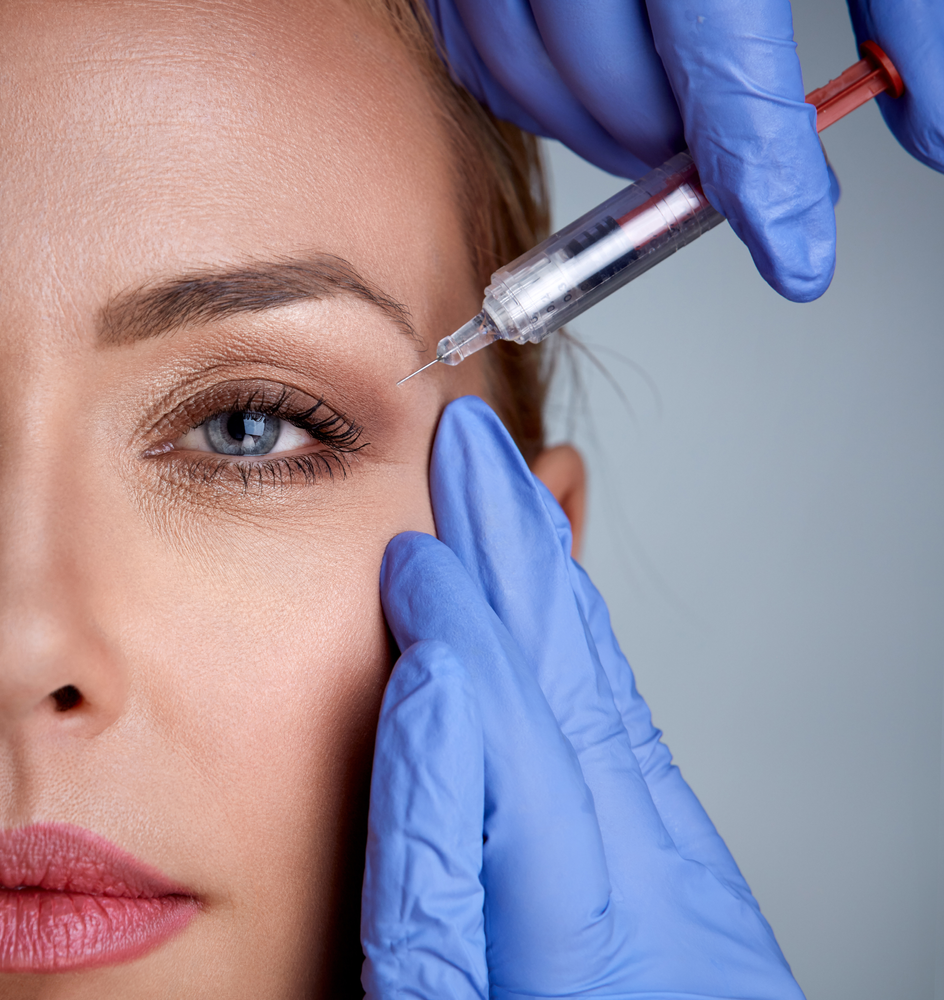
1. Choose a Qualified Medical Professional :
Before undergoing botox treatment, research and select a qualified medical professional with extensive experience and medical training in administering botox injections. Look for practitioners who have undergone thorough medical training and have a deep understanding of facial anatomy and injection techniques.
2. Discuss Your Medical History :
During your consultation, be sure to discuss your medical history with your provider, including any past surgeries, allergies, or medical conditions. Certain medical conditions may increase the risk of complications or affect the outcome of botox treatments, so it's essential to provide your provider with accurate information.
3. Prioritize Patient Safety :
Ensure that botox treatments are conducted in a safe and controlled environment with proper medical supervision. Avoid seeking botox injections at non-medical facilities or from unlicensed practitioners, as this can increase the risk of complications.
4. Understand Facial Anatomy :
Familiarize yourself with the basics of facial anatomy, including the location of facial muscles, arteries, and injection sites. While you don't need to become an expert, having a basic understanding can help you communicate effectively with your provider and ensure that botox is administered in the correct areas.
5. Communicate Your Goals :
Clearly communicate your aesthetic goals and concerns with your provider during your consultation. By understanding your desired outcomes, your provider can tailor the treatment plan to meet your specific needs while avoiding potential danger zones.
6. Ask Questions :
Don't hesitate to ask your provider any questions or express any concerns you may have about the cosmetic procedure ortreatment process. A reputable provider will take the time to address your concerns and provide you with detailed information about the procedure, potential risks, and expected outcomes.
7. Follow Post-Treatment Instructions :
After receiving botox injections, follow your provider's post-treatment instructions carefully. This may include avoiding strenuous exercise, refraining from touching or rubbing the treated areas, and scheduling follow-up appointments as recommended.
8. Be Patient :
Botox treatments typically take several days to take full effect, so be patient and allow your body time to respond to the injections. Avoid seeking additional cosmetic treatments or making drastic changes until you've had a chance to see the final results. of inject botox.
9. Monitor for Complications :
While allergic reactions are rare, complications can occur following botox injections. Be vigilant for any unusual symptoms or side effects, after inject botox with such as excessive swelling, bruising, or difficulty moving certain facial muscles. If you experience any concerning symptoms, contact your provider immediately for further evaluation.
How to reduce risk in the danger zones for Botox injections?
Expanding on the previous discussion, let's delve deeper into the intricacies of botox and how it relates to other various cosmetic treatments and procedures like dermal fillers. Understanding the interplay between these cosmetic procedures and treatments, can further aid in reducing risks in danger zones and achieving natural-looking results.
Botox Treatment in Conjunction with Dermal Fillers:
In many cases, botox is complemented by the use of dermal fillers to address different aspects of facial aging. While botox focuses on temporarily paralyzing specific facial muscles to reduce the appearance of wrinkles and fine lines, dermal fillers work by adding volume to areas of skin agingthe face that have lost elasticity and firmness over time.
Maintaining Natural Facial Expressions:
One of the primary goals of botox treatment is to reduce the signs of aging while preserving natural facial expressions. Injecting botulinum toxin into muscles responsible for facial expressions, such as the orbicularis oculi muscle or frontalis muscles, requires precision to achieve the desired effect without causing an unnatural appearance.
Understanding Facial Arteries and Blood Flow:
Another critical factor in botox administration is an understanding of facial arteries and blood flow. Injecting botox near facial arteries, such as the dorsal nasal artery or ophthalmic artery, can disrupt blood flow and lead to serious complications like ocular ischemia or tissue necrosis.
Avoiding Common Pitfalls:
In addition to precise injection techniques, avoiding common pitfalls like injecting botox in the wrong spot is crucial for achieving safe and more effective treatment outcomes. Areas prone to over-treatment include the forehead lines, frown lines, and nose region, where excessive botox administration can result in an unnatural appearance or impaired facial symmetry.
Expanding upon the comprehensive discussion of botox treatment and its associated potential risks,and benefits, let's explore how botulinum toxins, particularly botulinum toxin type A, can be used to treat chronic migraine and how they can impact facial muscles like the frontalis muscles.
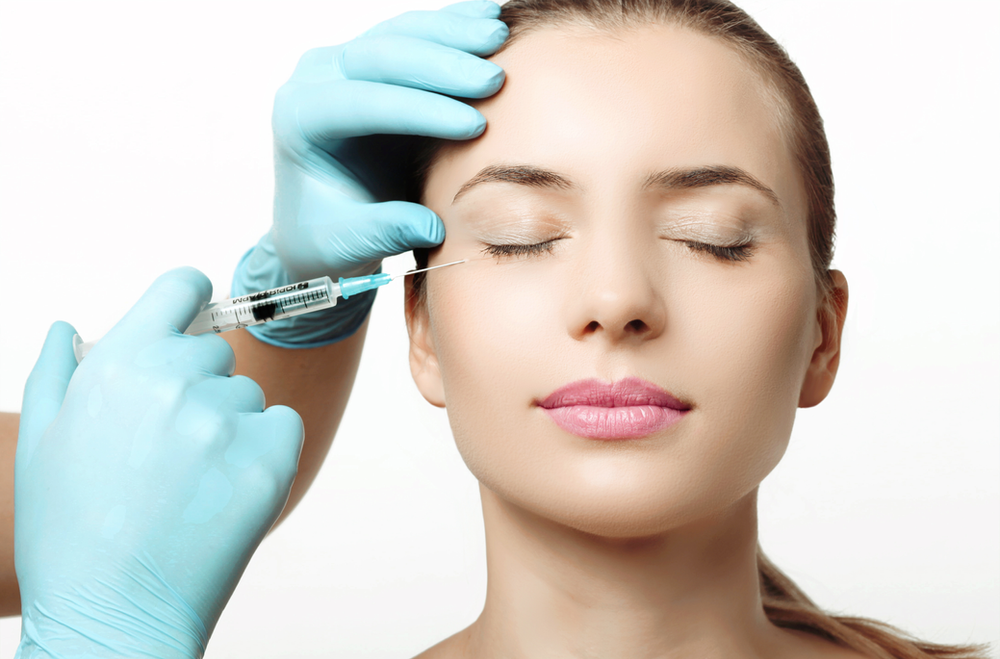
Treating Chronic Migraine with Botulinum Toxins:
In addition to its cosmetic applications, botulinum toxin type A has been approved by regulatory agencies for the treatment of chronic migraine. By injecting botulinum toxins into specific sites around the head and neck, medical professionals can block nerve signals that trigger migraine headaches, providing relief for individuals who suffer from frequent or severe migraines.
Impact on Facial Muscles and Expressions:
While botox injections can effectively reduce the appearance of wrinkles and fine lines, they can also affect facial muscles and expressions. For example, injecting botulinum toxin into the frontalis muscles can smooth horizontal lines on the forehead, but excessive treatment may result in a frozen appearance frown linesor a crooked smile.
Ensuring Safe Treatment Practices:
Ultimately, whether botox administration used for cosmetic purposes or to treat chronic migraine, ensuring safe botox treatment practices is paramount. This involves thorough patient assessment, careful consideration of injection techniques, and ongoing monitoring to address any potential complications or side effects.
The Bottom Line
While botox injections offer effective solutions for addressing facial aging, it's essential to understand the potential dangers associated with these treatments, particularly regarding botox danger zones and injection sites. By prioritizing patient safety, careful consideration of injection techniques, and working with skilled professionals, individuals can enjoy safe and effective cosmetic treatments, with minimal risk of complications.

